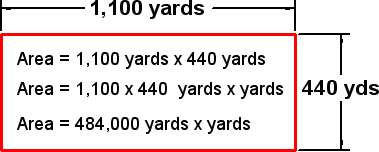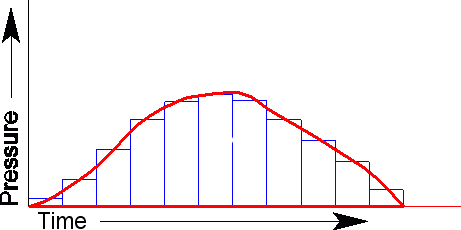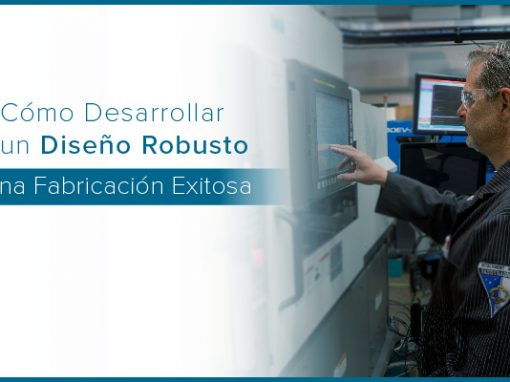Tip of the Day 150: The Mystery of the “Integral” (part 3)
In tip #148 we explained that the integral is an area or “area under the curve” as we say in class. At a recent training event Rajen was trying to answer a couple of tough remaining questions.
1. “Why are the units shown as psi-seconds?” (or bar-seconds)

Just as we multiply length by width we also multiply the units: yards x yards. Though this is normally abbreviated “square yards” but can also be written “yards-yards”.
Now a cavity pressure curve is not bounded by lengths but by pressure and time thus:

So when we multiply our little rectangles to compute the area the rectangles have a height in pressure in “psi” (or bar) and width in time in “seconds”. Thus, just as you multiply yards x yards and state it “yards–yards” you do the same here, multiplying the pressure units times time units, psi x seconds and stating it “psi-seconds”.
Note that this is not a division as would be the case in a slope of so many psi per second or “psi / second”. The dash indicates multiplication.
2. Why are the numbers so large?
† The “2 seconds” is absurdly long for accuracy. We use it here just for easy illustration of the arithmetic. The eDART actually uses slices in the range of 1/500th of a second (0.002).

